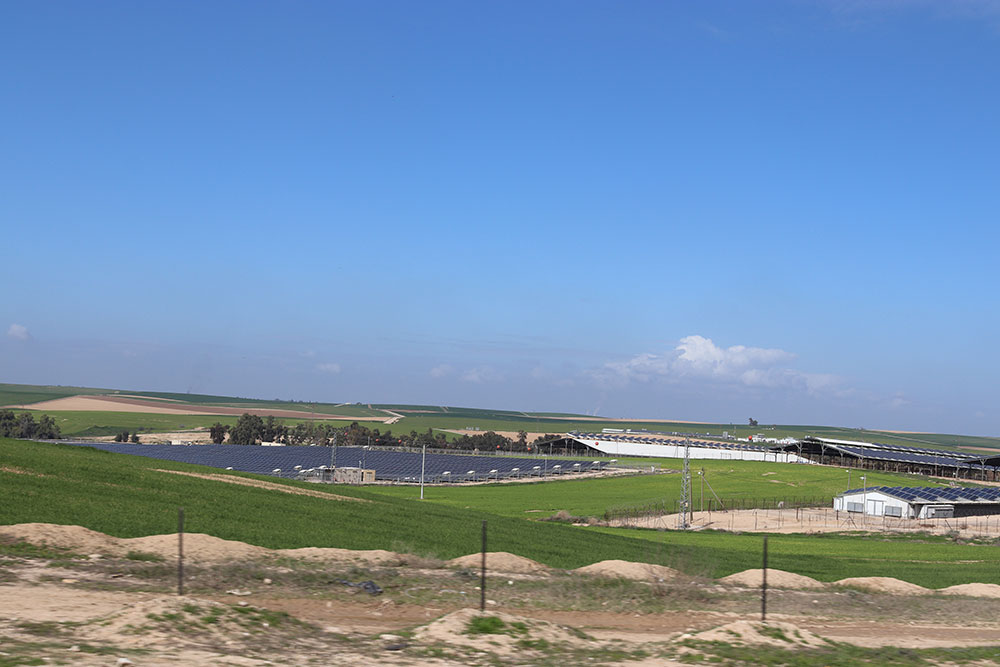250 cows and no land of their own: milk production in Israel
One image may possibly have to be corrected in advance: Israel's relatively small state territory most certainly does not consist purely of rocky and sandy desert in which temperatures of 40°C and over prevail all year round. This description only applies most readily to the southern part of the country, the Negev desert. The climate in the north, however, in the Galilee region, is relatively temperate. It sees annual rainfall of > 1,000 mm, and even a few small skiing resorts are found there. In the areas lying in between (Tel Aviv and Jerusalem regions), the climate is therefore more Mediterranean, with humid, frost-free winters and dry, hot summers. Consequently, intensive agricultural production is concentrated in the central and northern parts of the country.
Young DLG's professional excursion to Israel also took in a dairy cattle farm in Avigdor, located approximately to the west of Jerusalem in the central part of the country. To put matters into context: trade in dairy products with the neighbouring states in the Middle East is fairly restricted due to political reasons. Conversely, flows of goods in the direction of Europe have meanwhile been extensively liberalised. However, transporting fresh milk is limited because of the distance. A domestic production quota still exists. Regarded historically, Israel's milk price level is higher than that of Europe. As the market is opening up towards Europe, however, the milk prices are increasingly coming into line with these markets. At the time of the visit in February 2020, milk prices were on a par with those in Germany. Is milk production that can compete with Europe possible under the conditions prevailing in Israel?
Oren Kama keeps 250 Holstein dairy cows on his farm. Kama houses his cows in very simple, covered compost barns. As in Western Europe, the feed alleys and driving passageways are made of concrete and are equipped with folding sliders. Fans are suspended beneath the uninsulated roofs. In the feed alley area, water spray can be used for cooling in the summer.

